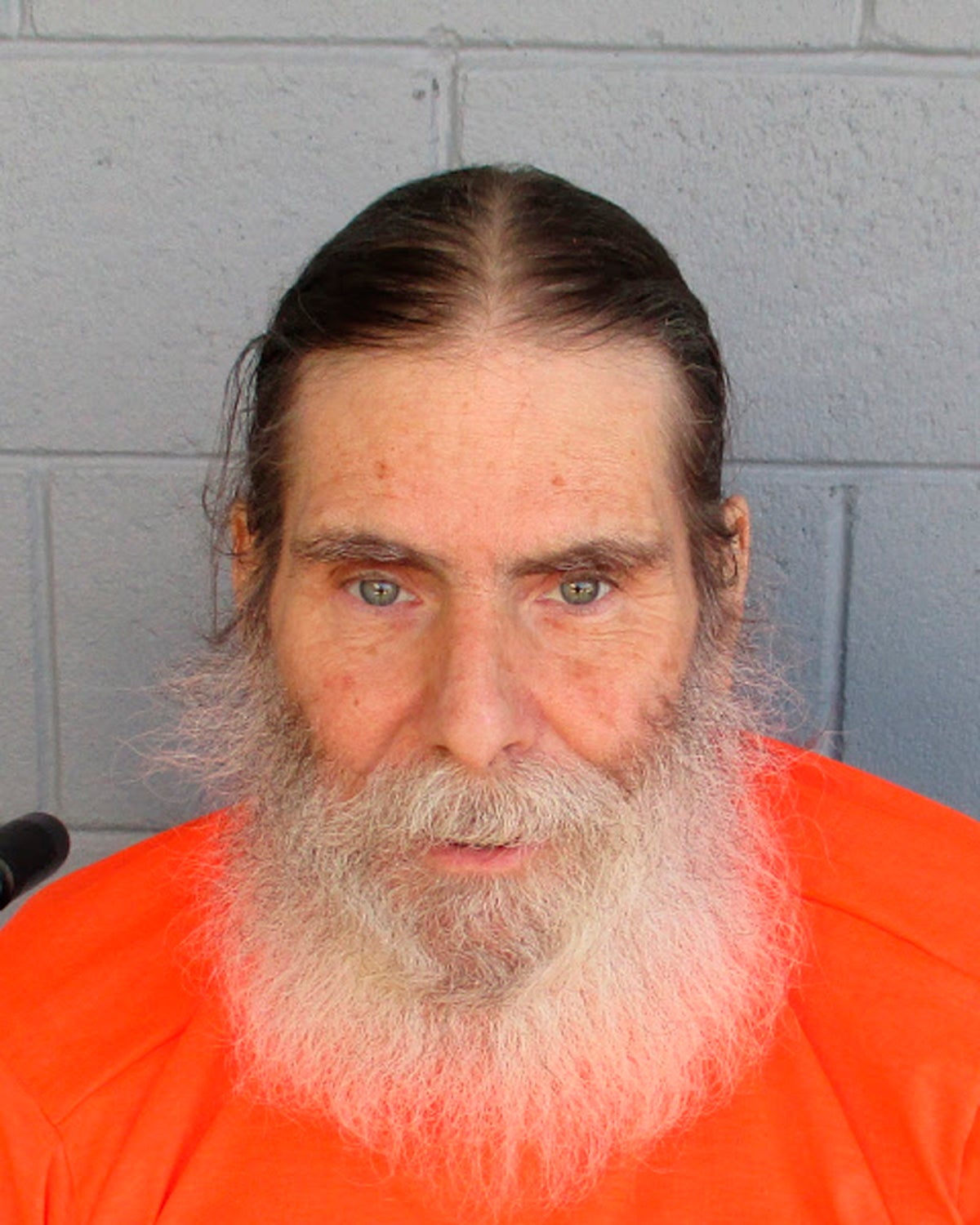
A federal appeals court on Tuesday denied a bid by an Arizona prisoner to delay his execution scheduled for this week for his conviction in the 1984 killing of an 8-year-old girl, rejecting his challenges to the state's death penalty procedures and keeping on track its plans to put him to death.
A three-judge panel of the 9th Circuit Court of Appeals rejected a request for a stay of execution for Frank Atwood, who is scheduled to be lethally injected with pentobarbital Wednesday at the state prison in Florence, Arizona, for his conviction in the killing of Vicki Hoskinson.
In seeking a stay of execution, Atwood’s lawyers argued their client’s degenerative spinal condition would make it excruciatingly painful for him to be strapped on his back to a gurney. They also questioned whether the state had met a requirement that the lethal injection drug’s expiration date falls after the execution date.
And even though he didn’t pick lethal gas as his execution method, his lawyers still challenged the state’s procedures protocol for gas chamber executions.
The appeals court said it was deferring to a lower-court judge who concluded that accommodations made by the state — allowing a pillow and tilting feature on the gurney to be used to prop up Atwood in a bid to alleviate his pain — prevent a legal finding that the lethal injection protocol creates a risk of severe pain.
The appeals court also said there was insufficient evidence that Atwood’s due process rights were violated and concluded he lacks legal standing to challenge the lethal gas protocol, given that he will be executed by lethal injection.
Prosecutors say Atwood is trying to indefinitely postpone his execution through legal maneuvers.
Atwood's legal team said it will ask a larger panel of the 9th Circuit to take up the issues in his appeal. His lawyers maintain Atwood would suffer for an extended amount of time even before the lethal drug is injected.
In a statement, Atwood attorney Joseph Perkovich said the lethal injection procedure will “intentionally inflict extreme pain for what will likely be an hour before, in the best-cast scenario, he succumbs to the execution chemicals.”
Authorities have said Atwood kidnapped Hoskinson, whose remains were discovered in the desert northwest of Tucson nearly seven months after her disappearance. Experts could not determine the cause of death from the remains, according to court records.
Atwood maintains that he is innocent.
Last month, Atwood declined to choose between lethal injection or the gas chamber, leaving him to be put to death by lethal injection, the state’s default execution method.
Even though he didn’t pick the gas chamber, Atwood challenged Arizona's lethal gas procedures.
His lawyers said Atwood has a right to choose between methods of execution that are constitutional and suggested that the state switch its lethal gas from hydrogen cyanide gas to nitrogen gas because nitrogen would produce painless deaths. Arizona prosecutors say nitrogen executions are “untried and untested.”
Atwood's attorneys said the state's lethal gas protocol calling for the use of hydrogen cyanide gas — which was used in some past U.S. executions and by Nazis to kill 865,000 Jews at the Auschwitz concentration camp alone — is unconstitutional and would produce agonizing levels of pain in executions.
Arizona, California, Missouri and Wyoming are the only states with decades-old lethal-gas execution laws still on the books. Arizona, which carried out the last gas chamber execution in the United States more than two decades ago, is the only state with a working gas chamber.
In recent years, Oklahoma, Mississippi and Alabama have passed laws allowing executions with nitrogen gas, at least in some circumstances, though experts say it’s never been done and no state has established a protocol that would allow it.







